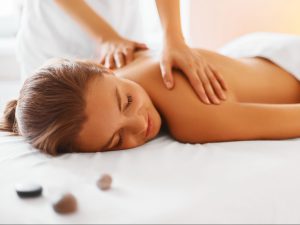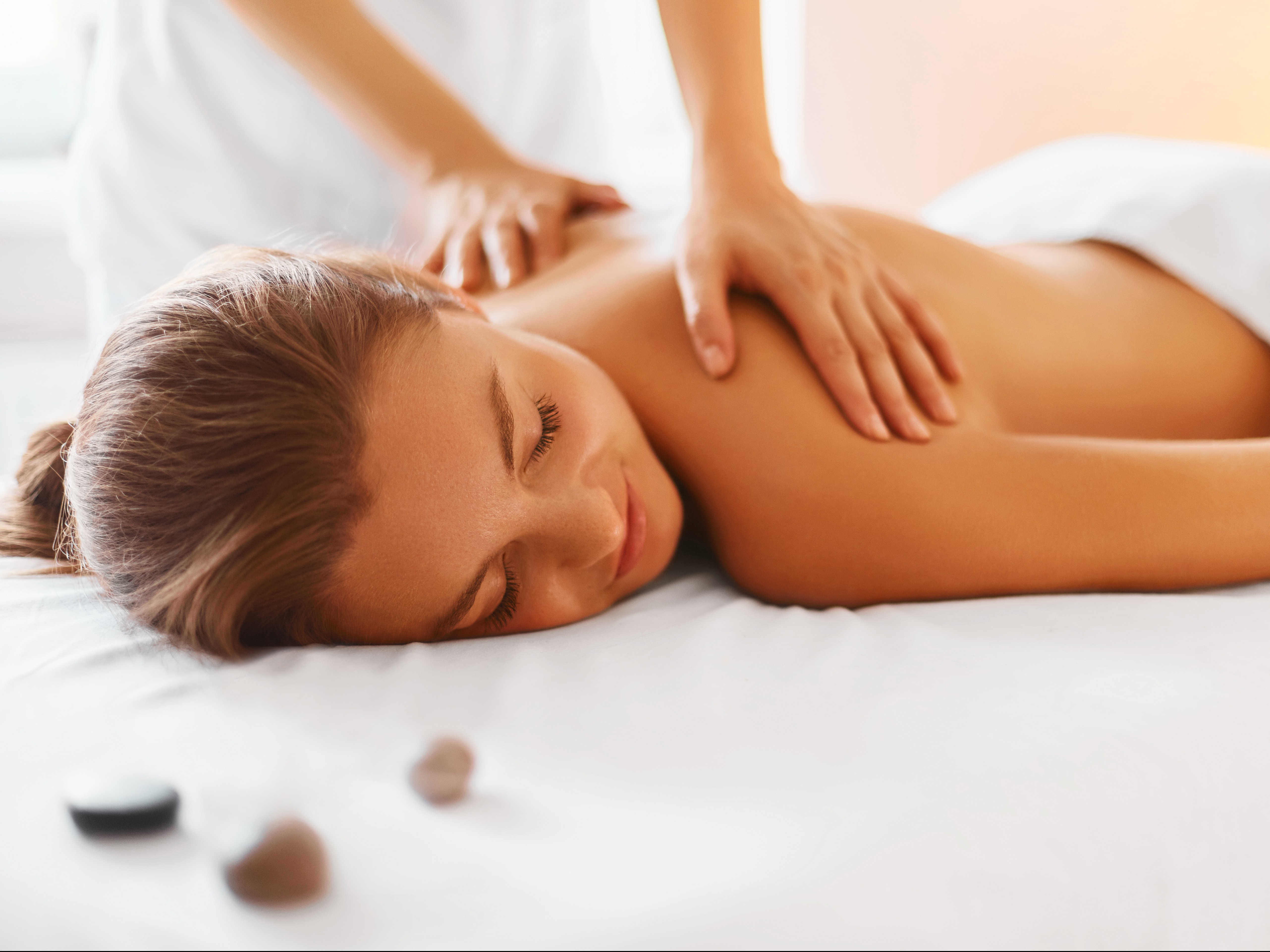Swedish is the most popular form of massage in Australia, so chances are you’ve had to perform your fair share of the treatment. But are you an expert? You will be after reading these fun facts.

It’s not actually Swedish
Swedish fencing instructor Per Henrik Ling is often credited with inventing the technique in the 19th century, but it’s actually Dutch practitioner Johan Georg Mezger who deserves the credit. He developed the treatment as we know it today and gave the classic stokes their French names including effleurage, the smooth gliding strokes; petrissage, squeezing, rolling and kneading; and tapotement, rhythmic tapping.
Western massage starts here
Unlike Asian massage systems, which involve bodywork on energy or Sen lines, the techniques of Swedish massage are based on western concepts of anatomy and physiology. This foundation is seen in most forms of western massage today including deep tissue, aromatherapy and sports massage. Basically without Swedish, western massage as we know it wouldn’t exist
It’s scientifically proven
You can tell clients that they’re getting their money’s worth with a Swedish massage—not only will they leave relaxed, science has found the treatment also has real health benefits.
A study published in The Journal of Alternative and Complementary Medicine found that volunteers who received a 45 minute Swedish massage experienced a significant drop in levels of the stress hormone cortisol, and an increase in white blood cells which are present in the immune system to help fight colds and flu
Beauty benefits
By increasing blood flow, the relaxing techniques of Swedish massage can do wonders for your clients’ complexions. It helps plump slackened skin, increases lymphatic drainage to remove toxins and brightens the complexion.
It’s good for beginners
If your client is new to massage or isn’t sure what to request, suggest they begin with Swedish. They’ll leave the salon relaxed and all stretched out, without the intense experience of a deep tissue massage, which is probably too full on for first timers.
It depends on your personal style
While the aim of Swedish massage is to relax the body through long, gliding strokes in the direction of blood returning to the heart, a client’s experience will depend on your technique. Slow and gentle or vigorous and stimulating, Swedish can vary depending on your style and what the client wants to achieve from the session.
Aftercare is important
Clients can make the most of the detoxifying effects of Swedish massage by following a few simple rules. Post massage, encourage clients to drink plenty of water and avoid caffeine, nicotine and alcohol for the next 24 hours. They’ll probably also be happy to hear that it’s a good idea to avoid strenuous exercise for the next day or so, to allow the body to heal from within.
Have your say: Perform Swedish massage? Give us your tips on this popular technique.

